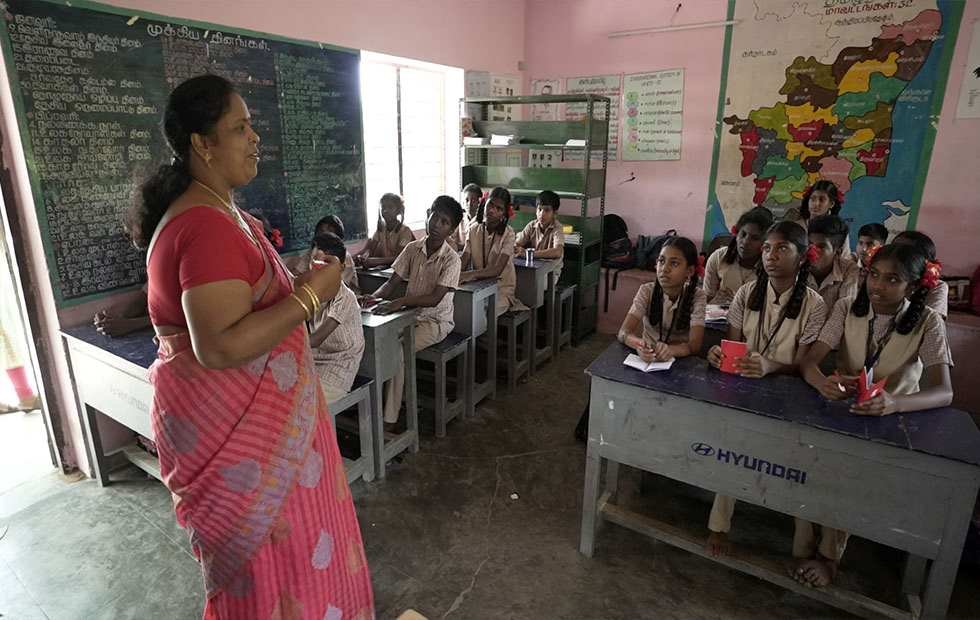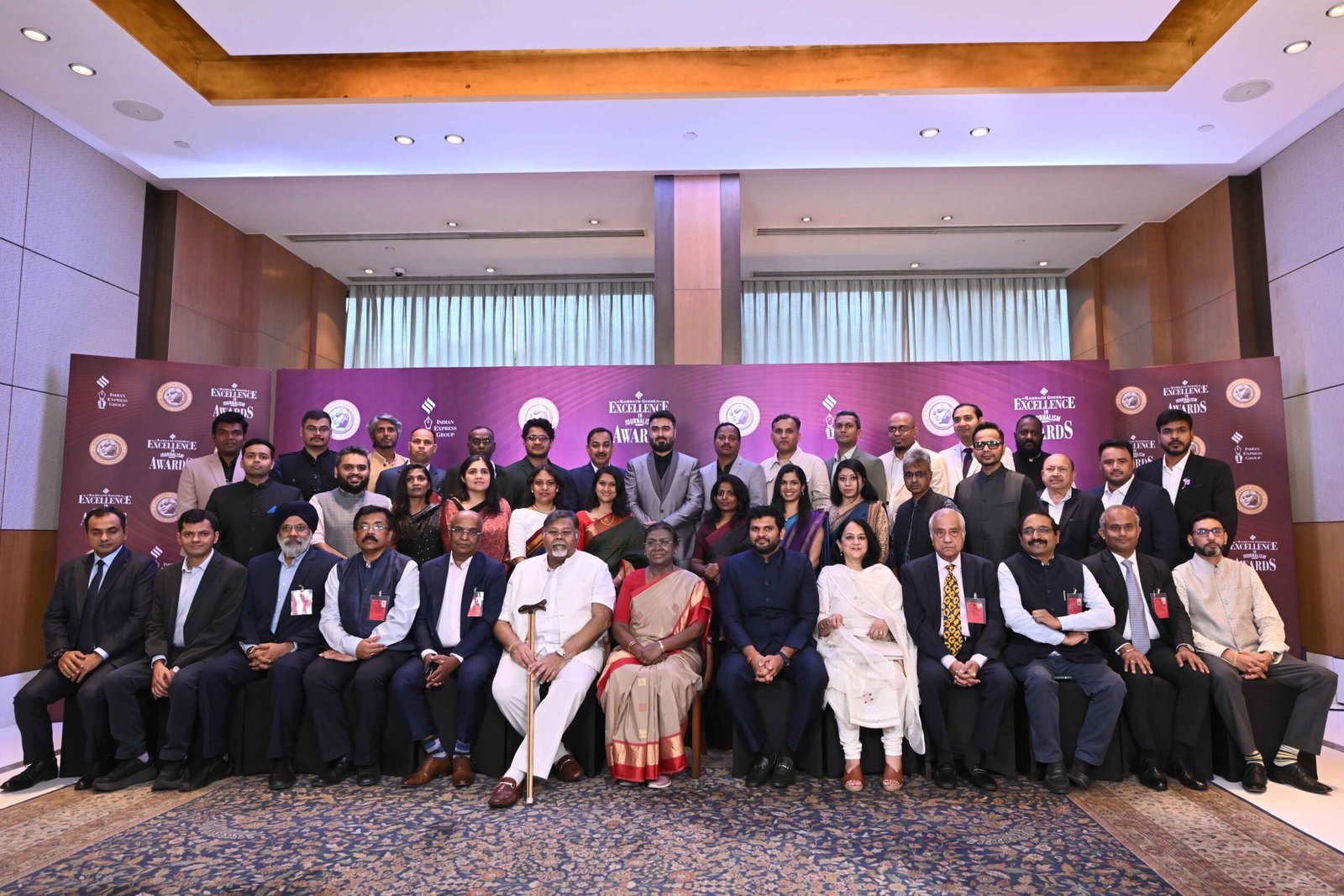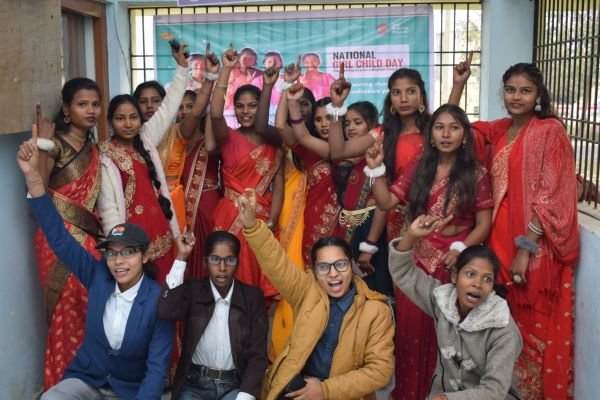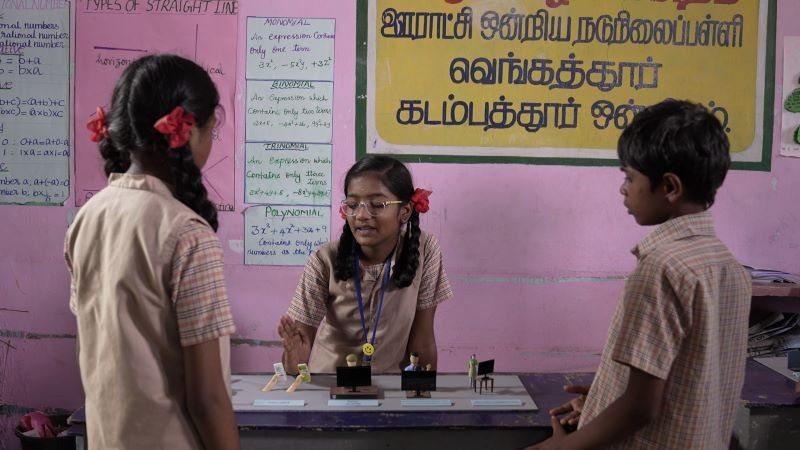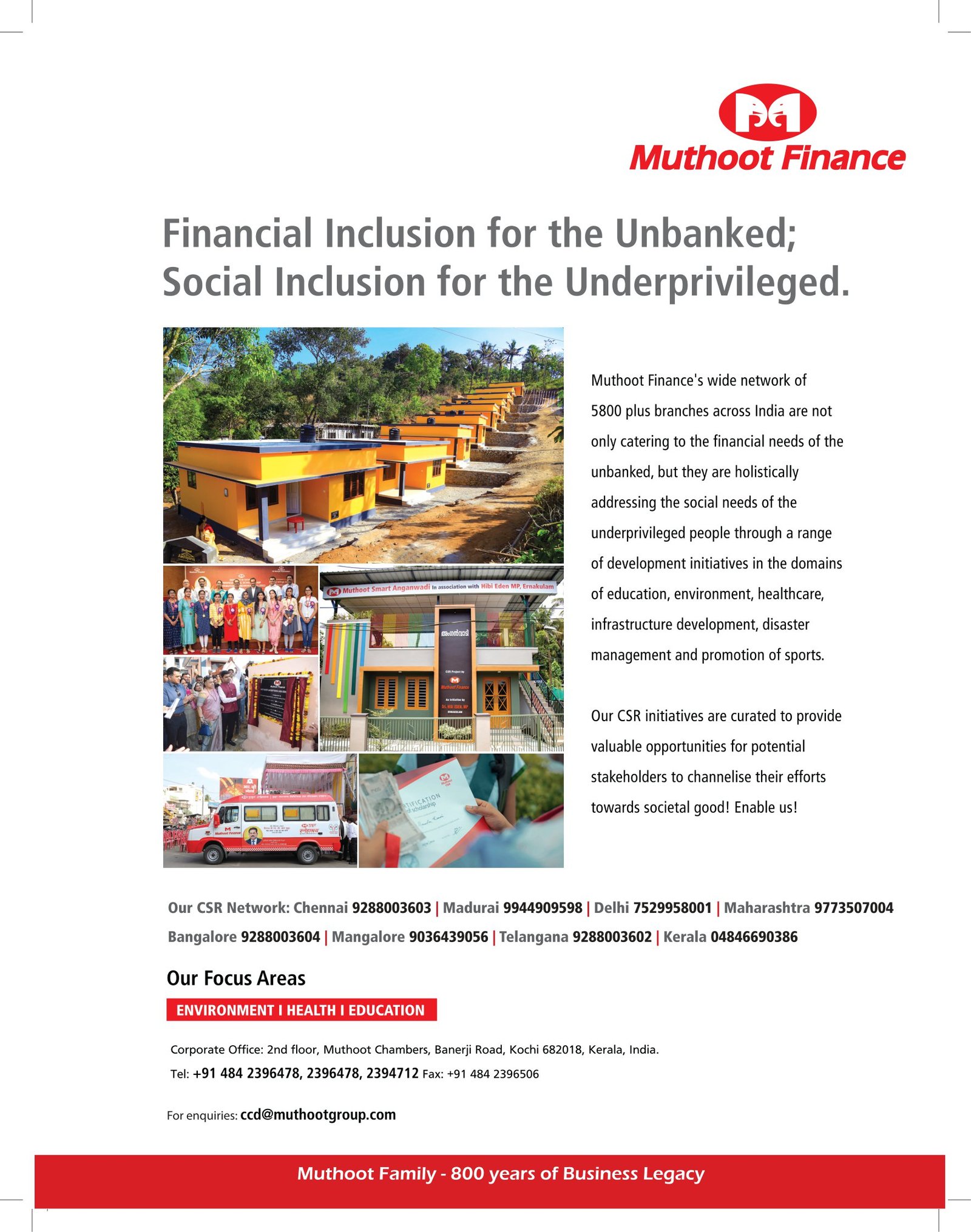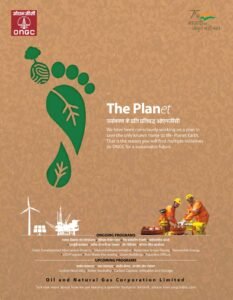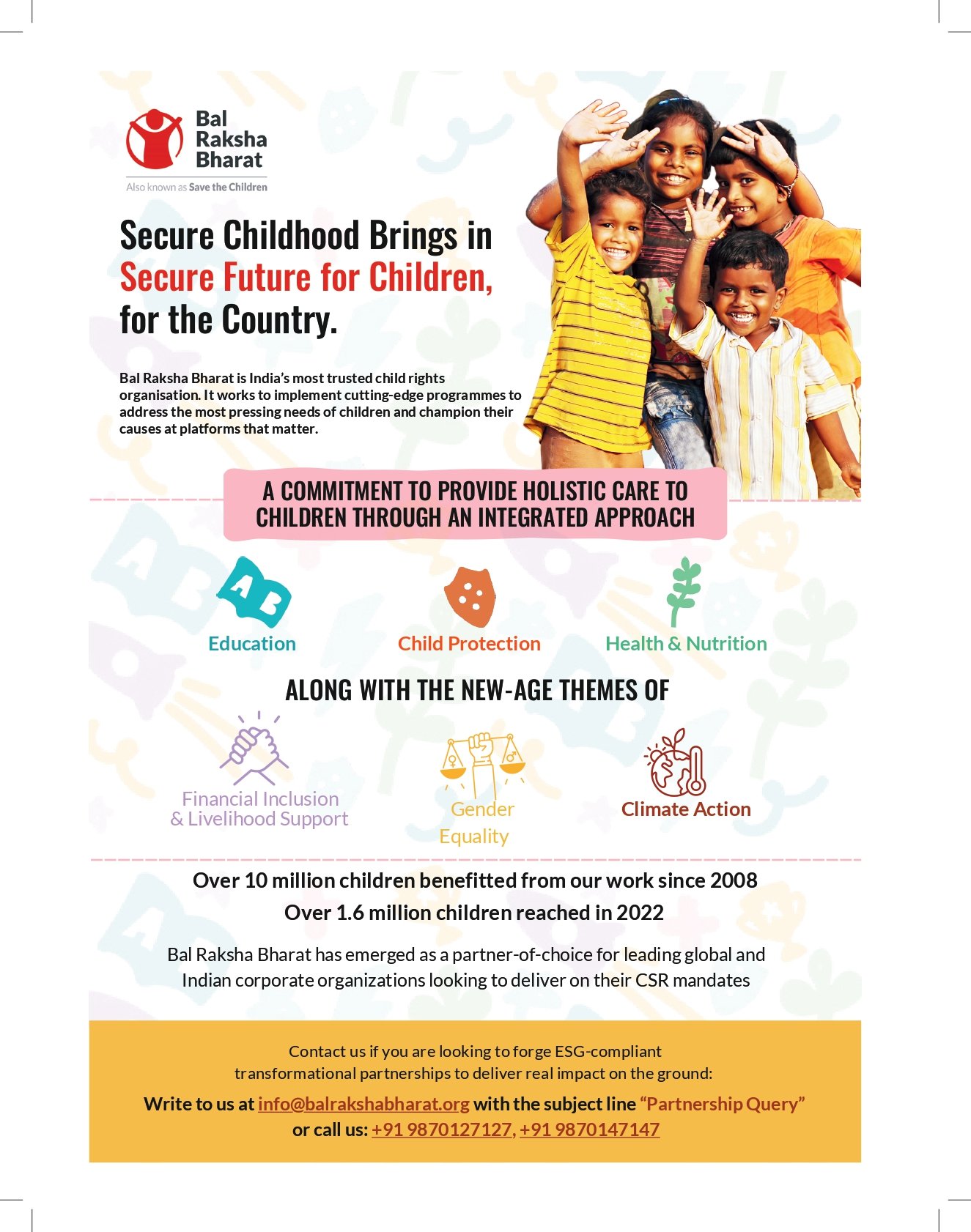POPULATION MATTERS
Oh, the Humanity!
As India brims and slowly spills over its edges with its ever increasing population, we are faced, and must deal with the cruel irony of our precious human resource becoming the monster that brings down our economy. For lack of a politer analogy, there is nothing more of the essence than finding a cork for this bottle. In 1989, the Governing Council of the United Nations Development Programme recommended that 11 July be observed by the international community as World Population Day, a day to focus attention on the urgency and importance of overpopulation issues. This year, the United Nations Population Fund will celebrate the theme ‘Family Planning is a Human Right’. Population density and population distribution across the globe are the two key Minions through which the villain of overpopulation operates. They are part of a sneaky numbers-and-pie-charts game that detracts from the understanding of real-time issues. Here’s the breakdown: Population density is the number of people living per sq. km of land. According to the USBC’s world population clock, the average population density of the world is 51 people per sq. km. This, as a standalone figure is not alarming. However, ‘averaging’ large numbers like this is a highly deceptive process. The country with the highest population density, Macau, has 21,339 people per sq. km (2016 population census), and as its people work extra hard to sustain themselves, they will not be comforted by the fact that at least the global average looks pretty. Nearly three fourth of the countries in the world have population densities that far exceed the global average.
Moral of the lesson: using a mean of over seven billion people for anything is liable to yield extremely inaccurate results. The large uninhabitable areas of Earth and the grossly uneven population distribution in the habitable regions will wreck the average. Consider this: A study conducted by the World Economic Forum’s annual Global Shapers survey in 2016, listed top ten major global concerns. 26,000 millennials from 181 countries participated, with the aim being to successfully gauge the priorities, concerns, and attitudes of the generation to inherit the Earth. Five of the ten concerns were direct or indirect results of overpopulation: unemployment, lack of food and water security, illiteracy, poverty, and destruction and depletion of natural resources.
The raison d’être of any nation-state is to create a community in which people that share social, cultural, or even mere geographical commonalities can co-exist with dignity, and in relative comfort. Food, water, fuel, a job, and a home are some of the basic pre-requisites to such a condition. And all of these are threatened by the steep increase in population, especially in third world countries, where a poor standard of living has been a part of history. The math of it is simple: there are a people too many, on land too little, with resources too scarce to sustain its growing numbers. The obvious solution to this lies in bringing the birth rate and death rate to an equilibrium, and to do this, family planning, especially in third world nations with regressive cultures, is vital. Access to safe, voluntary family planning is a human right. It is also central to gender equality and women’s empowerment and is a key factor in reducing poverty. Investments in making family planning available also yield economic and other gains that can propel development forward. According to the UN Family Planning Summit 2017 report, some 225 million women around the world who want to avoid pregnancy are not using safe contraception, for reasons ranging from lack of access to information or services to lack of support from their partners or communities. Most of these women live in 69 of the poorest countries on earth.
In 1952, India became the first country to establish a government family planning program. There have been several barriers to this process, barriers that are so entrenched in the sociology of our country, that they will not corrode unless proactive social-change campaigns become part of the playing field, that connect with the people in a language they understand. Like most poor countries, India has had a culture of large families. Until two generations ago, it was quite common for women to bear over five children in their lifetime. The logic behind this has been that the more young and able-bodied people they create, the more their family will eventually be able to earn. Of course, as we now understand, this falls dud against the opposing argument that reasons that these children will first have to be adequately fed, watered and schooled (an expensive process) before they become the money-earning assets their parents dreamed of. With increasing awareness, through experience if nothing else, the total fertility rate of India has settled at an acceptable 2.53 children per female. This is a hurdle we have somewhat managed to stumble over. But there are several others that loom large and daunting over our goal to shrink the kids.
After the disastrous experiment of forced vasectomies during the Emergency, the male population seems to have developed mass PTSD, with men shunning the procedure more so than before (National Family Health Survey-4). Religious beliefs that prohibit contraception, early marriage and childbearing, lack of safe abortion services, a largely pro-life society, illiteracy, fatalism, lack of awareness and a severe shortage of trained doctors (two, for every ten thousand people) all add up to a bumpy, but not bleak, road ahead for family planning to become popular. Medical facilities will improve as our country gets richer (and it is definitely on the upward curve there). Besides that, all it really comes down to is changing the mindsets of people. Those might be some of the hardest things to change, but it has been done before. With the right amount of sensitivity, patience and human touch to go along with all the fancy factoids, it can be done again.


